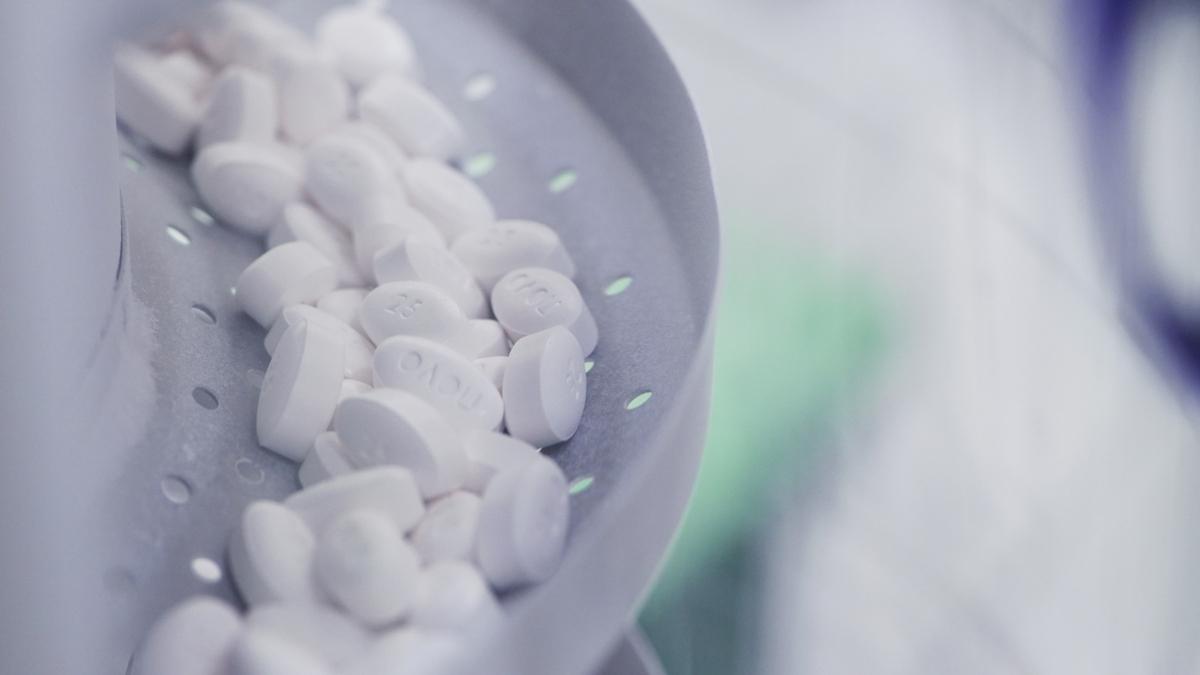Weight-loss drugs ‘will be a $60bn market in 10 years’

Frantic demand for drugs to treat obesity from Novo Nordisk, Eli Lilly, and others could support a global market worth an eye-watering $60 billion within the next decade, according to a Morningstar analyst.
Morningstar’s equity strategist Karen Anderson has predicted that by 2032 Novo Nordisk’s GLP-1 agonist Wegovy (semaglutide) – along with a follow-up combination in phase 3 known as CagriSema and based on semaglutide and amylin analogue cagrilintide – could claim around 35% of the market.
Lilly will be the main rival in the market with Mounjaro (tirzepatide) – a dual GLP-1/GIP agonist currently approved for diabetes set for a verdict in obesity next year – with its portfolio also including an oral GLP-1 drug and a triple agonist therapy that could both be given the green light in 2025.
Mounjaro has generated stellar results in phase 3 weight-loss studies, achieving body weight reductions of around 22.5% in non-diabetic patients and 16% in those with diabetes. In its phase 3 programme, Wegovy’s top-line weight reductions in these groups were 16% and around 10%, respectively.
There are challenges when it comes to comparing different studies, but Lilly is running a head-to-head study of Mounjaro against Wegovy, with data expected by early 2025.
Taken together, Lilly’s three drugs could give it a 40% share of the obesity market in 2032, according to Anderson, with other candidates from rivals, including Amgen and Pfizer, having the potential to collectively claim around a 25% share.
Amgen recently reported preliminary data with its bispecific antibody-peptide conjugate AMG 133 – combining GIPR antagonist and GLP-1 agonist components, which is now in mid-stage development, while Pfizer is developing oral GLP-1 drug danuglipron (PF-07081532) in phase 2.
Anderson has also predicted that the emerging competition will trim back the annual cost of obesity therapies over the next 10 years.
“We expect the average global price of GLP-1 therapy for obesity to rise to roughly $5,400 a year as Novo’s and Lilly’s obesity treatments launch, then gradually decline beginning in 2025 as competing therapies launch, falling to roughly $2,800 by 2032,” she notes.
By 2032, Morningstar estimates that approximately 21 million individuals around the world could be taking GLP-1-based therapy for obesity.
On the other hand, while semaglutide in various dosages has been on the market for several years and significant side effects are unlikely, newer therapies like Mounjaro or other combination regimens could see side effects once approved and used in larger populations – particularly as they will be used by patients who may otherwise be relatively healthy. That risk of legal expenses is already factored into Morningstar’s predictions, according to Anderson.
Balanced against the cost of the drugs are the costs associated with obesity, which raises the risk of diabetes, heart disease and liver disease, as well as cancer. In the US alone, medical costs associated with obesity were $173 billion in 2019, according to figures from the Centres for Disease Control and Prevention (CDC).












